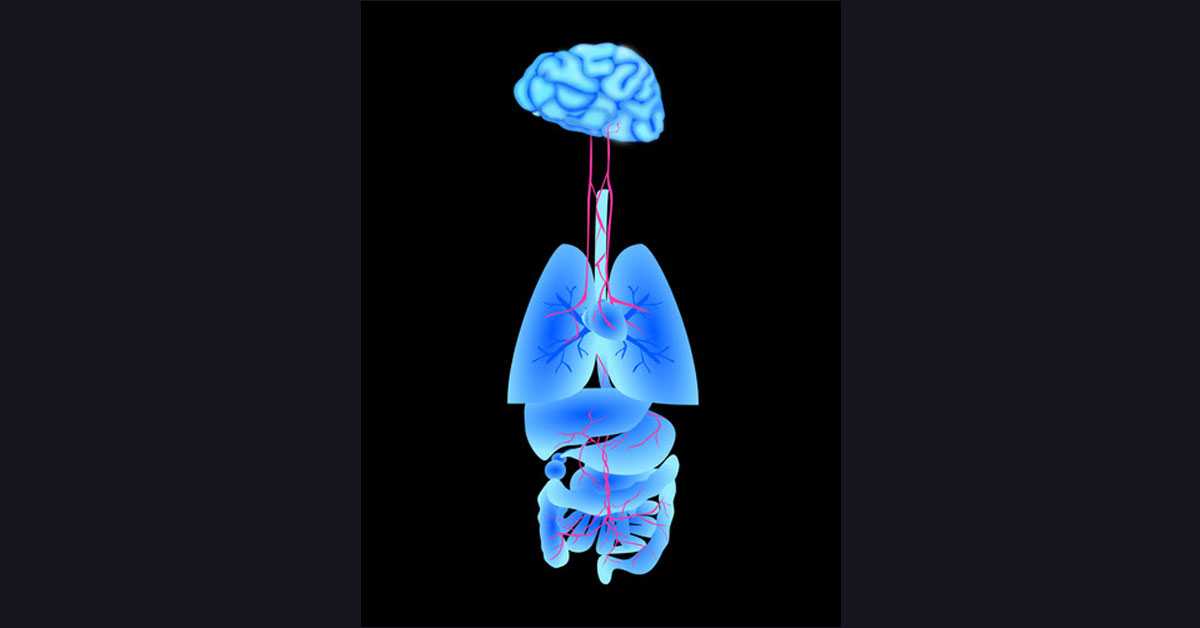Anxiety, Calming, and the Diaphragm
Gaining a new sense of calm
You have a hard time staying calm, and new situations get you ramped up pretty quickly.
Sound familiar? These are common feelings for many of our clients, young and not so young.
A common way to help find calm is to lie down with your legs flexed and focus on breathing. Yes, in the moment, this can calm you. And, it feels so relaxing!
Wouldn’t it be nice to have that deeper level of calm available all the time?
Many of our clients find they are able to access a calm they never knew possible once Bridging resets their diaphragm function and breathing mechanics.
Wondering if Bridging® can help you find a deeper level of calm?
Drop me some background info and I’ll tell you if, and how Bridging® can help.
Below are some structural and mechanical aspects of how and why calming can improve when diaphragm function improves.
Structural function impacts calming
There are exercises developed by others which help to calm via their interaction with the vagus nerve. We find Bridging® affects these changes too, as it quickly and sustainably improves diaphragm function. Here’s more about how all the pieces are related.
- Anxiety, calming, and the vagus nerve. Many of you with anxiety have researched so many aspects about anxiety. A lesser known piece to the puzzle is the vagus nerve, which enervates a number of the structures in the core which have a role in calming.
- The vagus nerve and the diaphragm. The vagus nerve runs adjacent to the esophagus and passes through it in one of only three diaphragm openings. As the diaphragm moves up and down it alternately pulls (tenses) and relaxes the vagus nerve. This movement helps with the important role of physiologically co-regulating breathing, digestion and cardiac function, all functions linked by this nerve.
- Polyvagal Theory relationships. Proposed by Stephan Porges in 2011, the Polyvagal Theory has three tenets related to self-calming and regulation. One of these is the principle of co-regulation. From a physiologic perspective, co-regulation is enabled by the diaphragm function’s supporting breathing. Co-regulation, in a broader sense, is the ability to synchronize our body’s responses and reactions to those of others — breathing, emotions, and behaviors.
Mechanical / metabolic function impacts calming
For each of these aspects of calming, the role of the diaphragm is key. As Bridging® changes the diaphragm function, improvements are seen in these areas too.
- Baseline calming threshold: Rhythmic movement of the diaphragm facilitates an internal pulsing helping to slow and calm the entire body. This baseline pulse also serves to re-ground us after we are excited or upset.
- Brain cleaning at night: The deeper breathing and waves of pressure change associated with each breath also create a pulse to the lymphatic system. This system is responsible for cleansing our brains each night as we sleep. This leaves your brain rested and better equipped to deal with the ups and downs of the day.
- Digestion and neurotransmitters: The primary regulatory hormones of the nervous system, norepinephrine, dopamine, and serotonin, are produced in the digestive track. Good diaphragmatic function supports digestion which, in turn, produces a better supply of these key hormones to keep your behavior in control.
Our clients are always surprised that so many other aspects of their physical being change after Bridging®. In reality, many of these changes are courtesy of the diaphragm. When the diaphragm works better, we are healthier!
How does Bridging® help?
When your diaphragm is out of synch you really need a reset.
Bridging® is able to quickly reset the coordination of the core and diaphragm muscles allowing your body to get back to the way it is supposed to work. Your new sense of calm will be amazing!
In my last BLOG post I shared how poor diaphragm function impacts so much including posture, low back pain, and digestion. You can read more here.

